
Do you have flowering plants in the house this Christmas? They add a bit of glamour at this time of year, don’t you think? But how do you get poinsettias and amaryllis to stay alive, so they do the same next year?
I’m well-known for not having much patience with houseplants, preferring to do my gardening out of doors, but most of them are not difficult to look after, if you follow these tips:
A general rule first – practically all commonly-grown houseplants HATE standing permanently in water. Dunk the pot in a bucket of water almost up to its rim and leave it until the bubbles stop, let it drain, then stand it on a tray of pebbles until the surface of the compost feels dry again.
Poinsettias like things warmer than most houseplants. In fact, if you are getting them for yourself or as a gift, don’t buy them at all unless they have been grown indoors, and even getting them home can be tricky – make sure they are wrapped up fully against the cold air.
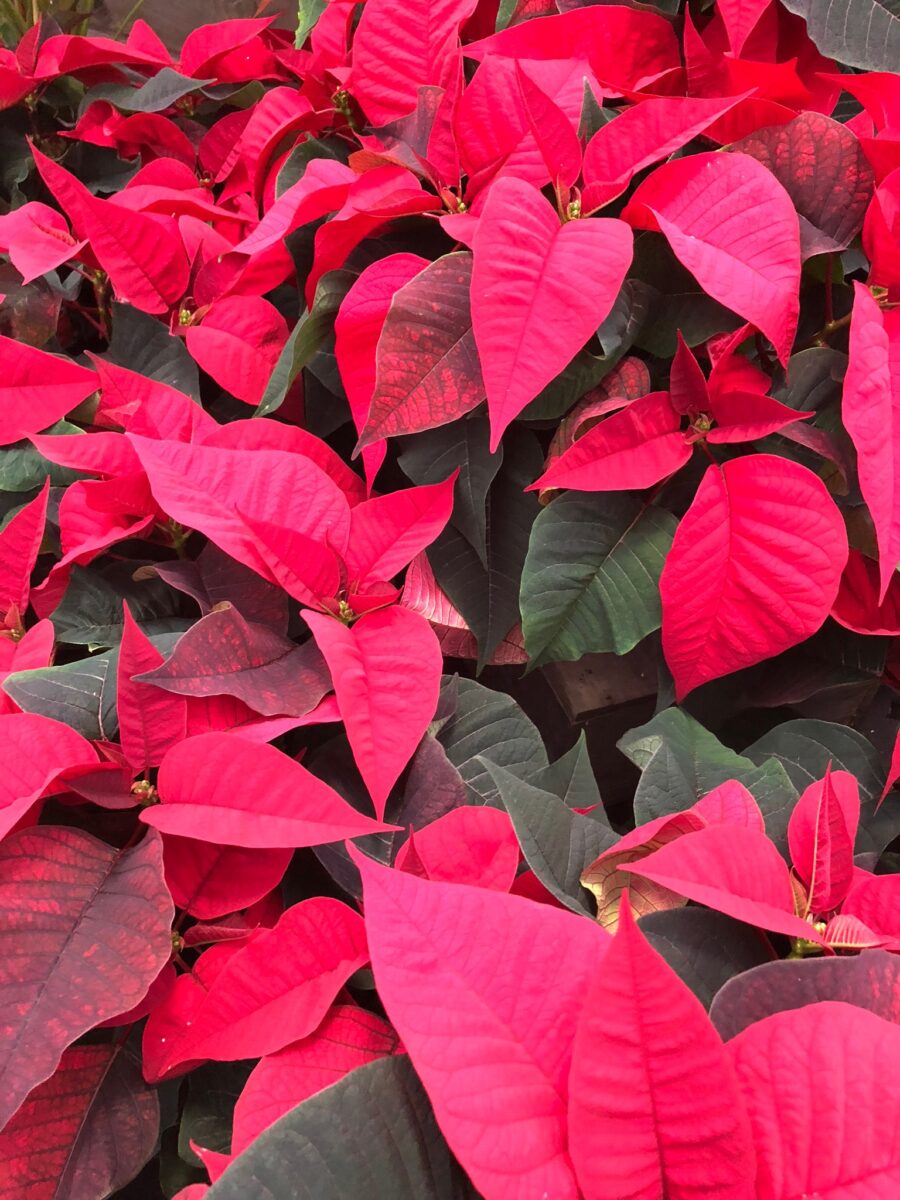
Position your plant in a warm, light place – no nasty draughts, please, a constant temperature is the key. What look like petals are actually the upper leaves of the plant (bracts), and they will shrivel if the night temperature falls below 10C (50F) (I know how they feel).
Apply some high potassium fertiliser once a month, and cut the whole plant back to 4inches in April. To have a chance of colouring up next Christmas, you’ll need to put the pot in total (but not cold) darkness for about 12 hours every day, from the end of October onwards.
Interestingly, you’ll probably end up with a taller plant than it was originally, because commercial growers will often have treated them with growth suppressants to make neat, compact plants for sale.
Indoor azaleas need deadheading, and keeping cool and wet – the trick here is to use rainwater or cold boiled water from the kettle, because they are acid-lovers. Feed the plant and put it somewhere shady outside in the spring; it will need some cold weather to trigger new flower-buds so bring it in, in late autumn (but before the first frost).
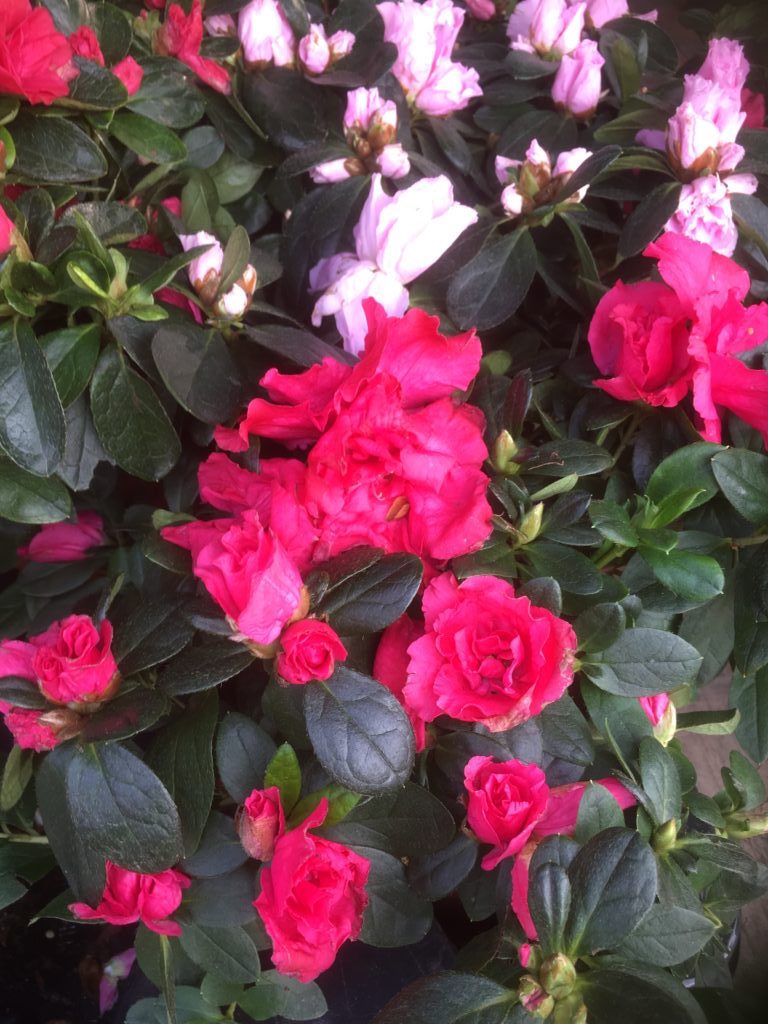
If you are lucky enough to be given a moth orchid (Phalaenopsis), I suggest you keep it on an East- or West-facing window – warm, but not in direct sunlight. When it’s faded, cut the final flowering stem down to just above a healthy-looking joint.
If it seems reluctant to flower again, put it in a slightly cooler place for a few weeks to shake it up a bit! Re-pot it every couple of years into a clear container because rather bizarrely their roots actually like light.
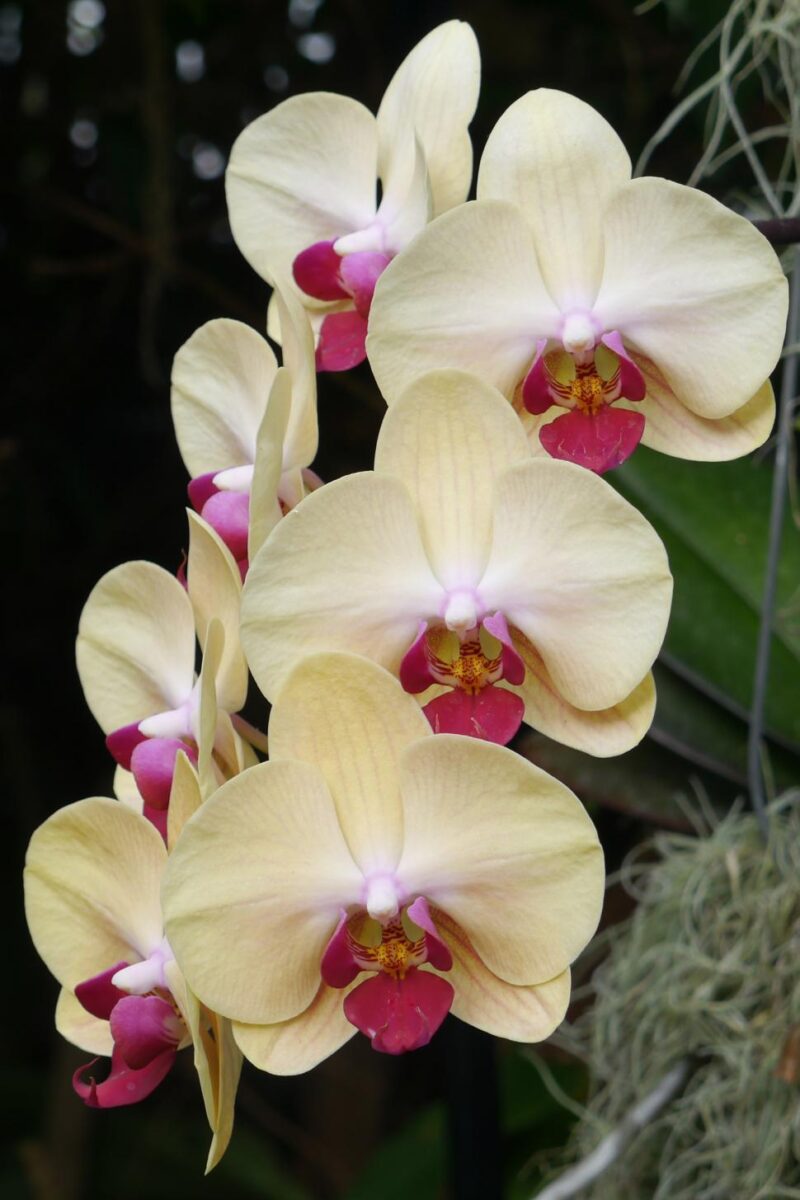
Use bark clippings or orchid compost, but don’t bury the weird roots that are growing into the air outside the pot (I know, I know, it’s most peculiar that a plant with such glamorous flowers has such unsightly appendages….)
Stand the pot in a tray of tepid boiled water from the kettle water about once a week, and let it drain. Give the leaf-undersides a spritz every so often with a foliage feed.
And what about those fabulous amaryllis (Hippeastrum) that Caroline mentioned a while back? If you’ve been given a bulb rather than the plant itself, don’t make the rookie mistake of planting it too deeply – they like their head and shoulders above the soil-level – and use a well-drained open compost.
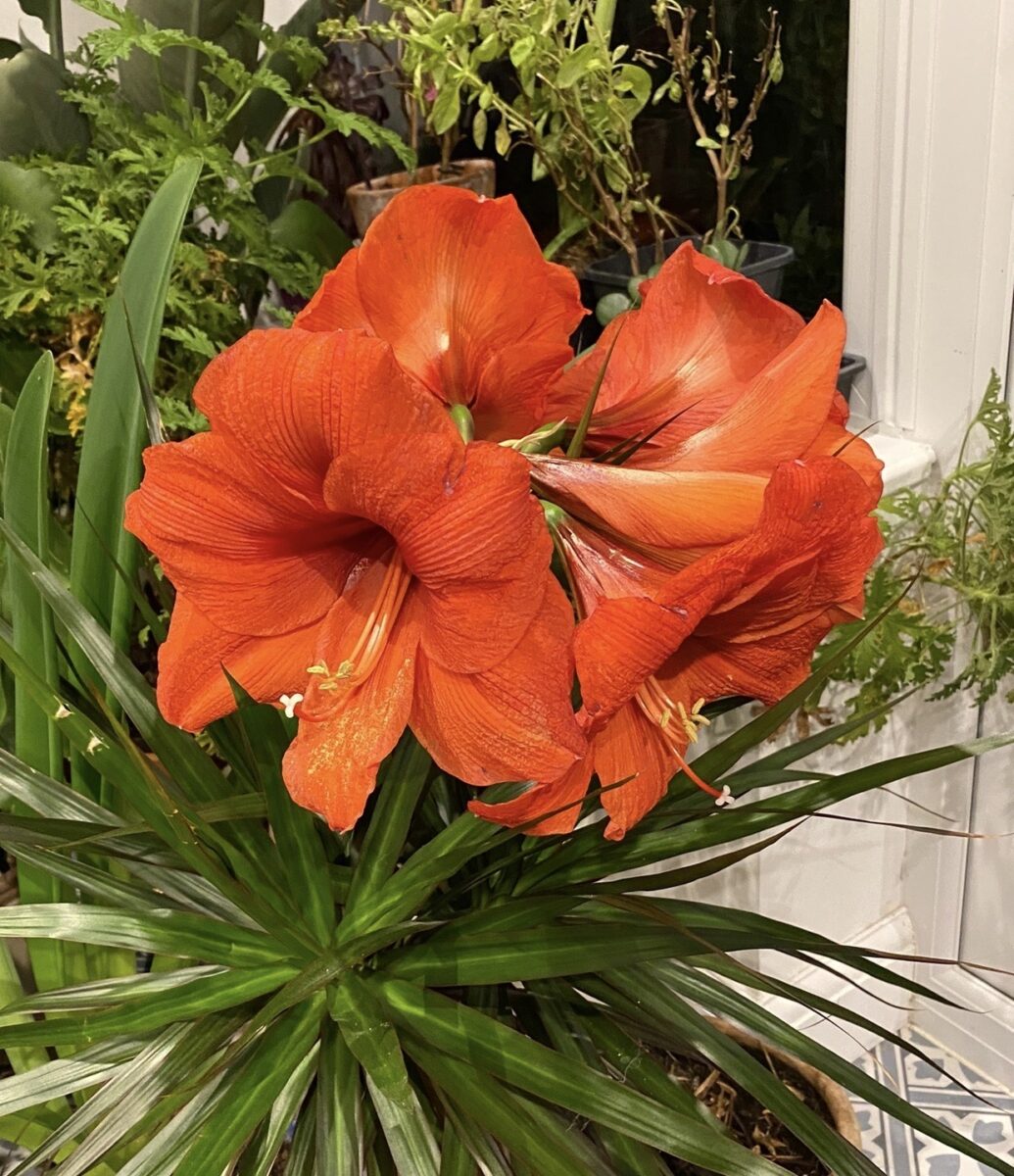
After all the glorious flowering is over, pick off the blooms as they fade but, if you can bear the ugly look of them, leave on the fat flower stem as well as the developing leaves, because they will continue to feed the bulb.
When the flower-stalk has died back completely, yank it out of the bulb. Keep the plant on a light window-sill in spring, then put the pot outdoors in a sunny place for the summer. Always water an amaryllis quite sparingly and feed it weekly with a tomato fertiliser. When the leaves go yellow in the autumn, bring it in, stop feeding and watering it until it kicks into life again a couple of months later.
And briefly: Indoor cyclamen like things cool and bright. Don’t water the corm over the summer when it goes dormant; start again when you see the leaves appearing. Christmas cactus needs it warm and bright but not direct sun, and is very easy to overwater! Feed and water it over the summer then stop in September until you see flower-buds form.
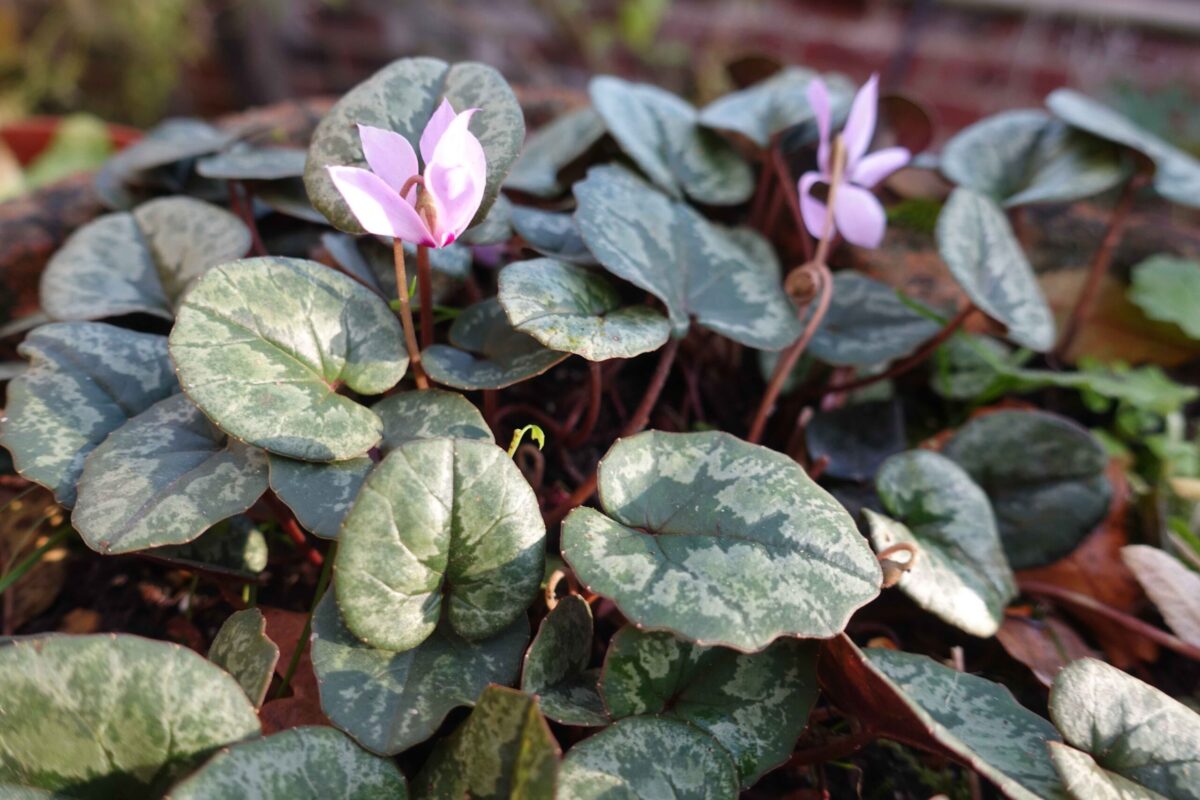
GARDENING SHORTS
* Here’s a nice little job for cold January – get out all those plant-labels you used last year, clean them off with wire wool, or, in my case, a rubber (because I write in pencil) and stack them neatly again for use in the coming growing season
* As Caroline pointed out recently, we are lucky enough to have MASSES of mistletoe growing in our Normandy garden, but why not have a go at growing it in your own garden if you have mistletoe left over from Christmas? Lots of trees like lime and poplar will host it, but an old apple tree is best because you don’t have to climb to the sky to harvest the mistletoe! Rub the ripe berries into slits on the underside of taller branches – do it in quite a few places because you need male and female plants to get the berries, and cross your fingers……
* Go skulking around your pots and trays – as well as making sure they are clean and all ready for use when the season gets going again, you can seek out all those dastardly snail colonies that creep into such nooks and crannies to overwinter- dispose of them by your chosen method!
